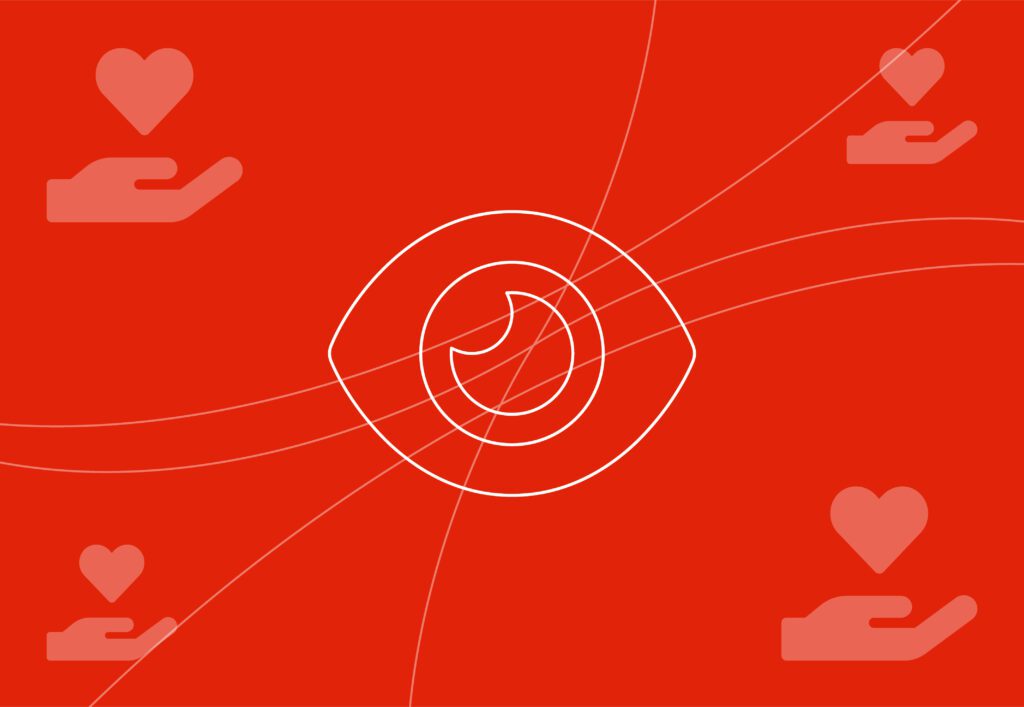
Pagination Vs Infinite Scroll

What is Pagination?
Pagination is a system used to divide similar/ stackable content into pages and in doing so present the content in a limited state reducing the page size as well as reducing the amount any user has to scroll.
Pagination, also known as “Hard pagination” is well known in conventional books with a number at the bottom of each page making the user turn the page to access the next page of content making it easily digestible. Breaking content up into pages has a lot of benefits for the user, the first of these is that it adds value to scrolling introducing the user to how much content they have consumed while also allowing the user to pause between pages giving the chance for users to make the necessary decisions before either exiting the site or carrying on.
Hard pagination is mainly found on sites with user flows dedicated to News, Blogs and E-commerce where choices or actions are needed to digest content may that be news/ blog posts or product listings. Google is a typical example of Hard pagination, condensing content into cards with hard pagination after 10 search results allowing you to keep the page smaller and seem like a less daunting task to find what you are looking for.
Hard pagination has fallen out of use in many sites because it is not user-friendly on mobile. On mobile, users would much rather allow for a continuous scroll reducing the stop-start nature of Hard pagination and allowing for easier interactions.
What is Infinite Scroll?
Infinite Scroll is a technique that loads more content as the user reaches the bottom of the page, this way making it seem like the content is ever-lasting. This technique was developed in 2006 as a replacement for Hard pagination allowing users to scroll seamlessly through posts or articles, rather than clicking through pages, something which today has become a standard for most social media platforms.
These days most social media platforms use a version of Infinite Scroll as it has many positives for the companies when it comes to consuming content. With most social media companies focusing on ads as their main source of income having users scroll continuously allows the user to pass over many opportunities to interact with an ad and so giving the company income.
Infinite Scroll also has its negatives, mainly relating to user interaction and exit numbers. With continuous content being served to the user it allows users to be consuming without realising how much content they have already consumed.
The Infinite Scroll exploits a shortcut that many people use unconsciously, The Unit Bias. According to this theory, humans are naturally motivated to complete a unit of something before moving on to the next activity as it gains satisfaction. This action is never completed with Infinite Scroll since the amount of content offered is endless, and so users continue to browse unknowingly. Netflix, I have found is the only company to use a version of Infinite scroll to continuously load new episodes while also allowing for the pause interaction similar to Hard pagination, here 5 seconds are given between the ending of an episode and the start of the next allowing for an exit, if this is then ignored for a given time dependant on many factors (episode length, amount of episodes, end of current season or no mouse/ keyboard interaction within a given timeframe) Netflix then pauses the content to ask if the user is still watching, this both allows the user to exit, but also allows for a pause if the user has become distracted.
Another negative of Infinite Scroll is that it makes content placed underneath an Infinite Scroll irrelevant as content will load forever and no you will never access the content underneath. This normally isn’t an issue as the content placed underneath is either for SEO and ranking purposes or is a footer linking users to other areas of the site/ platform.
Which dominates in 2022?
Which technique dominates depends on the sector, but looking at trending sites/ platforms Infinite scroll is used on almost 100%. TikTok a company founded in 2016 is now one of the biggest social platforms among all ages. They use a version of Infinite Scroll allowing users to scroll to access content from their continuously growing libraries, their content format of short video allows users to view one piece of content at a time which pushes users to watch one more piece before stopping (This never stops).
In May 2020 TikTok overtook Youtube for “User’s average watch time” clocking 26 hours of content a month, this proves that Tiktok with the Infinite Scroll technique at the base of its app is holding onto its users whereas Youtube which allows for an “Autoplay” or single viewing content is slipping.
As well as TikTok, all major social media platforms such as Instagram, Twitter and Facebook all used a version of Infinite Scroll since their inception boosting the fact that the technique is dominant. These techniques have been refined for each, all choosing their own paths for when to load new content with it being either when they reach the bottom of the page or once they reach 90% of page length.
Hard pagination is still dominant within the Blog and Ecommerce sectors with blogs normally organised to provide a quick overview of high-ranking posts/ articles, using Hard pagination here allows for smaller pages and so quicker loading times to keep users engaged. Ecommerce on the other hand uses custom Hard pagination allowing the user to choose between defined product amounts and so customising the user flow to how they like.
If you or your company is looking for help developing your current website or are looking for a new website Embryo is the company for you! Get in touch today.


